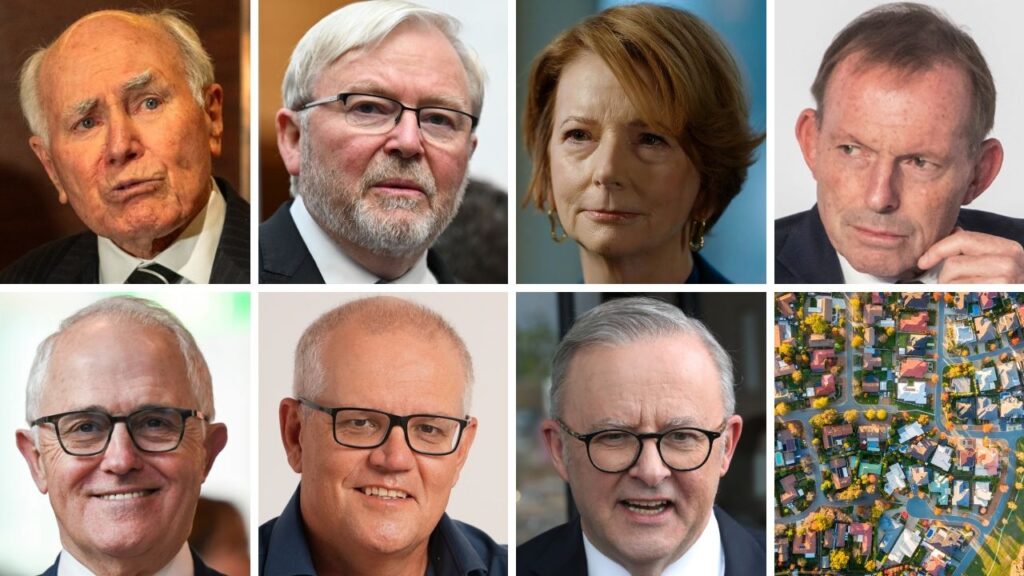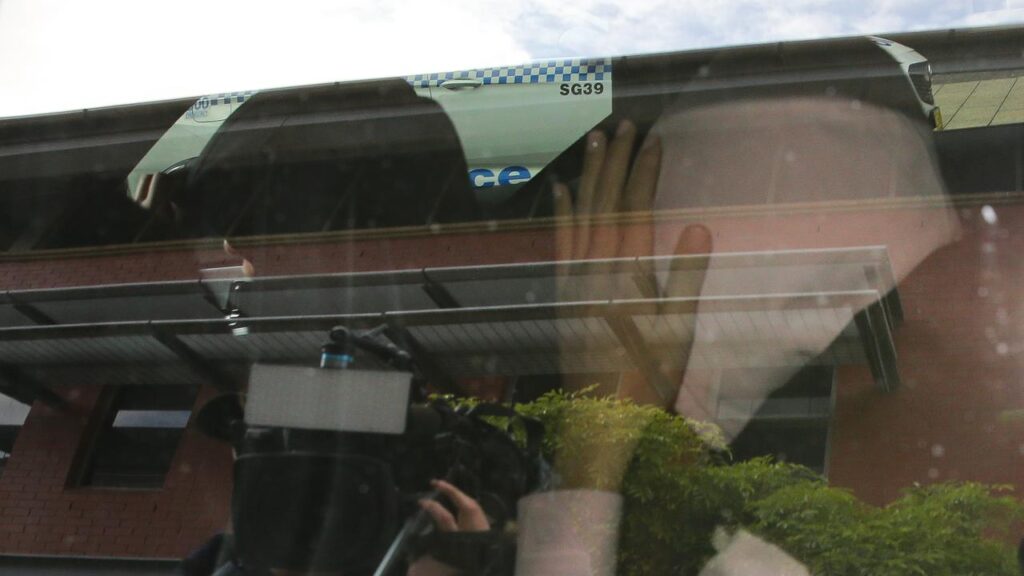2.6m workers set for wages boost
Written by admin on June 3, 2024
The pay packets of 2.6 million workers are in line for a boost on July 1, with the workplace umpire to release its annual wage decision on Monday morning.
The Fair Work Commission’s annual wage review, which affects minimum and award wage earners, or about one in five workers, is expected to hand down an increase of between 3.5 per cent and 4 per cent on the pay rate of $23.23 an hour.
In submissions to the Commission, peak employee representative, the ACTU, has advocated for an increase of 5 per cent, arguing workers squeezed by simmering price pressure deserve a hike to their pay.
Meanwhile, the Australian Chamber of Commerce and Industry has pushed for an increase of 2 per cent, which will likely amount to a real wage cut, which it argues reflects the increased cost pressures facing businesses, particularly smaller firms.
Mirroring its previous two interventions in the annual wage case, the Albanese government has submitted that Australia’s lowest paid workers “don’t go backwards”, in effect advocating for an increase of at least the rate of inflation, which is 3.6 per cent on most recent measures.
“We want to see strong and sustainable wages growth because we see this as part of the solution to the cost-of-living challenge, not part of the problem,” Treasurer Jim Chalmers said ahead of the decision.
“We’ve gone into bat for Australian workers, recommending the Commission ensure real wages for low-paid workers don’t go backwards.”
But with progress on lowering inflation stalling since December, economists warned that an increase in excess of 4 per cent could further complicate the Reserve Bank’s inflation fighting efforts which have already slugged borrowers with 13 rate hikes in the last 25 months.
“There is still a lingering risk of another rate hike of 25 basis points, especially if there is an upside surprise of the Fair Work decision on the minimum and award wage on Monday, and June quarter CPI,” UBS chief economist George Tharenou said.
That view was echoed by ACCI chief executive Andrew McKellar who said the Commission needed to account for still weak productivity growth alongside the stage three tax cuts and increase to the superannuation guarantee, both to commence on July 1.
“To go above that target band of inflation, we would need to see evidence that there was strong underlying productivity growth in the economy. This has not been the case at all,” Mr McKellar said.
“The commission should take account of the fact that there are significant measures to offset other cost of living pressures – that should be used as an opportunity to moderate wage inflation in the year ahead.”
However ACTU secretary Sally McManus rubbished suggestions that the Commission’s decision would feed through to broader wage increases across the economy, pointing to the easing in price pressures despite last year’s increase.
“I think it’s abundantly clear that that’s not the case; those two things are not connected,” Ms McManus said.
“We have a bargaining system and we have a system based on decisions made by the Fair Work Commission … so it’s not possible because they’re decoupled for there to be a wage price spiral.”
In last year’s determination, the commission for the first time split the minimum and award pay rates, increasing the minimum wage to $23.23 an hour, up 8.6 per cent, while increasing award rates by a more modest 5.75 per cent.
The decision, which was the largest increase in more than a decade, fuelled concerns that it would stoke inflation, and hold interest rates higher for longer. Inflation has since fallen 2.4 percentage points in the nine months since the decision.
But AMP chief economist Shane Oliver said the wage determination had likely exacerbated price pressures, particularly in the labour intensive services sector.
More Coverage
“Last year’s decision … contributed around 0.7 percentage points to wages growth helping to push it above 4 per cent and is likely a contributor to sticky services inflation at present,” Dr Oliver said.
Pencilling in an increase of at or just below 4 per cent, Dr Oliver said this figure would be conducive to the RBA returning inflation back to its target band.
“A rise around 4 per cent would give workers a real wage rise, it’s not so high as to add to the risk of a wage price spiral, … and in line with the rough assessment that 4 per cent wages growth is consistent with 2 per cent to 3 per cent inflation.”







